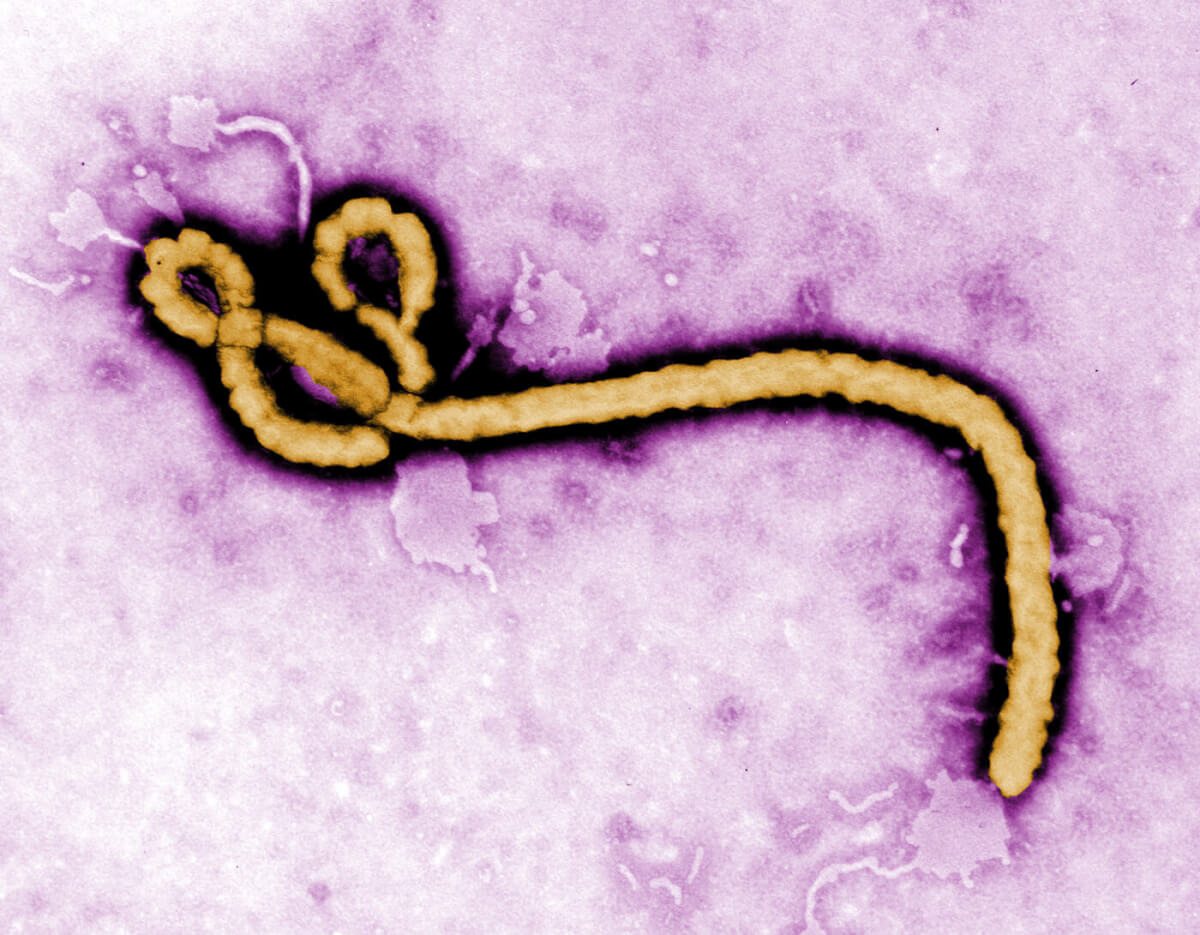A 2017 report by the Center for Disease Control and Prevention (CDC) found a surprising number of dangerous pathogens that are difficult or impossible to treat with standard antibiotics. In cooperation with various health departments, the CDC’s Antibiotic Research (AR) Lab Network found that more than 220 instances of germs with genes that enable them to resist available treatments in the U.S.
The results came from a year-long study of nearly 6,000 cases of antibiotic-resistant specimens gathered from hospitals and nursing homes. According to the CDC, one in four samples sent to the lab network had special genes that enabled it to spread its drug-resistant qualities to other germs. The study also found that one of our every ten people infected by these antibiotic-resistant germs spread the disease to healthy people around them, like other patients, doctors or nurses. The newly-infected people, in turn, become carriers of the illness and spread it to others, even if they themselves didn’t become sick.
While the CDC has previously warned of the probability of the emergence of drug-resistant pathogens, the results of this new study highlight the scope of the problem, and while it may seem higher than what the CDC expected, the actual quantity of strains of “superbugs” could be greater, since the study only involved a relatively small number of labs from each state.
While germs constantly find ways to resist new and old drug treatments, their spread can be rapid without intervention. Germs with antibiotic resistance can easily spread from people with and without symptoms of infection, between health facilities and between germs themselves. The CDC estimates that more than 23,000 Americans die annually from infections caused by antibiotic-resistant germs.
The CDC has been using a new containment strategy along with aggressive investigations that will quickly identify and contain the infection. With this new strategy, it is estimated that as many as 1,600 new infections in three years will be prevented.
Always maintain proper hygiene to help stop getting and spreading infections—wash your hands regularly and keep open wounds clean; make sure your vaccines are up-to-date and inform your doctor if you’ve recently had health care from another country.
Source: https://www.cdc.gov/media/releases/2018/p0403-antibiotic-resistant-germs.html


